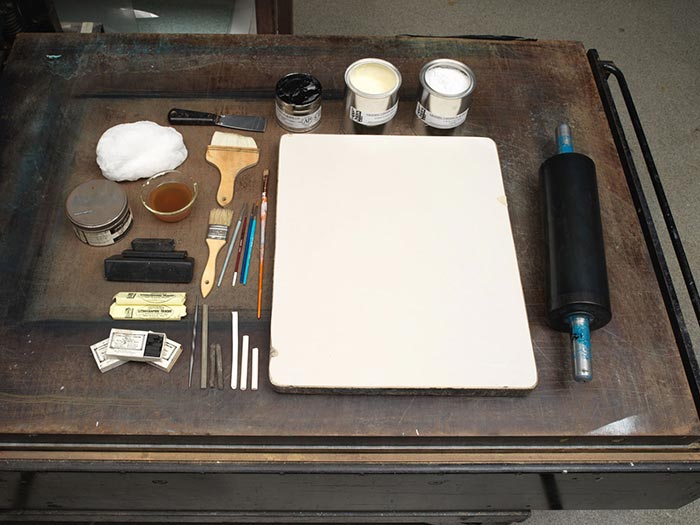The Levee -- New Orleans
After William Aiken Walker American
Publisher Currier & Ives American
Not on view
William Aiken Walker (1838-1921), who spent much of his life in Charleston, South Carolina, or traveling around the American South after the Civil War, was known primarily for his paintings of plantation life and New Orleans scenes. During the 1880s, when he made frequent trips up and down the Mississippi River, he made numerous paintings featuring Black sharecroppers picking cotton and the bustling commercial activity in New Orleans. There, cotton brokers and wholesale warehouses lined the river levees so goods could be easily loaded (and unloaded) onto steamboats involved in national and international trade. Since colonial times, levees (embankments to help prevent an overflowing river) were constructed to protect New Orleans from the periodic flooding of the Mississippi.
The New York-based firm of Currier & Ives decided to make this lithograph after one of Walker's paintings to appeal to prospective Southern customers, some of whom may have had business concerns in the South's most prosperous city. In this New Orleans port scene, Aiken depicted a large pier filled with piles of goods (sacks, barrels, lumber, etc.) and wagons loaded with cargo. In the left and right foreground, Black men and boys rest on piles of sacks; to the right of lower center, two white men stand conversing. The vista of this cargo-filled wharf extends to the background, where numerous steamboats puffing smoke are docked along the Mississippi River.
Nathanial Currier, who established his successful lithography firm in 1835, produced thousands of hand-colored prints in various sizes that together create a vivid panorama of mid-to-late nineteenth century American life and its history. People eagerly acquired such lithographs featuring picturesque scenery, rural and city views, ships, railroads, portraits, hunting and fishing scenes, domestic life and numerous other subjects, as an inexpensive way to decorate their homes or business establishments. As the New York City firm expanded, Nathaniel included his younger brother Charles in the business. In 1857, James Merritt Ives (the firm's accountant since 1852 and Charles's brother-in-law) was made a business partner; subsequently renamed Currier & Ives, the firm, which became known as "the printmakers to the American people," continued until 1907.

